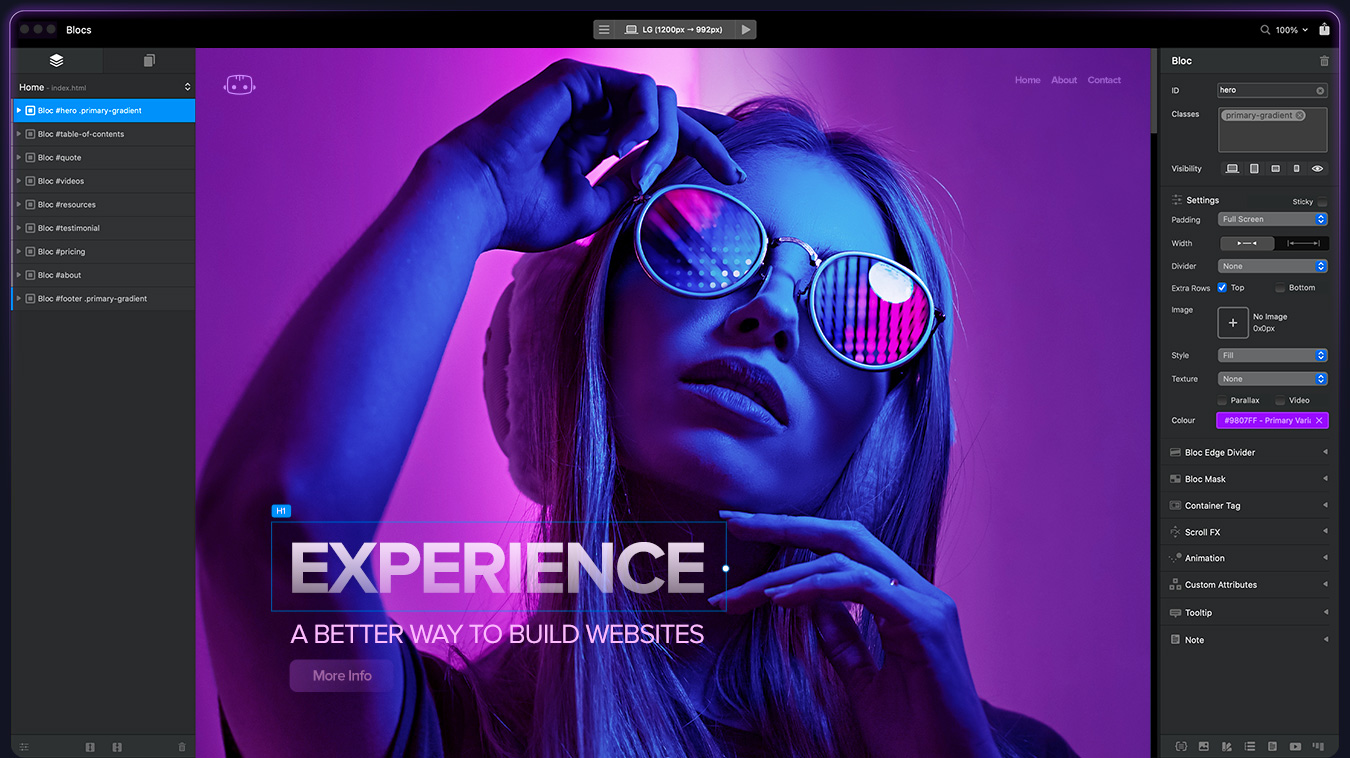

- #Blocs app windows how to#
- #Blocs app windows generator#
- #Blocs app windows update#
- #Blocs app windows plus#
- #Blocs app windows download#
Vendor/MSFT/AppLocker/ApplicationLaunchRestrictions//MSI/Policy Vendor/MSFT/AppLocker/ApplicationLaunchRestrictions//AppStore/Policy

In the OMA-URI field, enter ApplicationLaunchRestriction and select the OMA-URI that corresponds to the file type of the app in the policy:.On the left, click Mobile & endpoints Settings Windows settings.Option 2–GUI (Windows Groups Policy editor)įrom the Admin console Home page, go to Devices. To block all versions of the app, enter *. The earliest version number of the app that this policy applies to. The latest version number of the app that this policy applies to. You can use the * wildcard, but regular expression matching and prefix or suffix wildcards aren't supported. The name of the product (ProductName from step 2). You can use the * wildcard, but regular expression matching and prefix or suffix wildcards aren't supported.įor example, to block all EXE files, enter * and when you add the custom setting, select the OMA-URI that ends with /EXE/Policy. The filename of the binary (BinaryName from step 2). The name of the app's publisher (PublisherName from step 2). Select the action for this policy, whether it blocks or allows the specified apps If you don't know the group's name, you can get a list of all groups on the device by running: Where groupName is the name of the group on the device. To get the group SID, in the command line, run: To apply the policy to a specific group, enter its SID.
#Blocs app windows update#
To apply the policy to more users, either put the users in a group, or copy the policy and update the name. If you don't know the username, get a list of all users on the device by running: Where username is the username of the user on the device. To get their SID, in the command line, run:

The values have the following format and correspond to values you'll use in the XML: In the response, find and record the values in the Publisher line.Run Get-AppLockerFileInformation -path PathToExe | format-list, where PathToExe is the path to the executable file.
#Blocs app windows download#
#Blocs app windows generator#
#Blocs app windows how to#
These instructions show you how to build a single policy, but you can combine related policies for apps with the same file type in one XML file. To create the XML file, you can use the command line in PowerShell or the GUI in Windows Group Policy editor. Step 1: Specify allowed and blocked apps in an XML file You can block individual apps or all app files that match a certain type, such as EXE or MSI files. You specify the apps in an XML file that you upload as the value of the custom setting. When you manage Windows devices in your organization with Windows device management, you can restrict which apps are allowed on those devices by adding custom settings in the Google Admin console.
#Blocs app windows plus#
Supported editions for this feature: Frontline Business Plus Enterprise Education Standard and Plus Cloud Identity Premium.


 0 kommentar(er)
0 kommentar(er)
